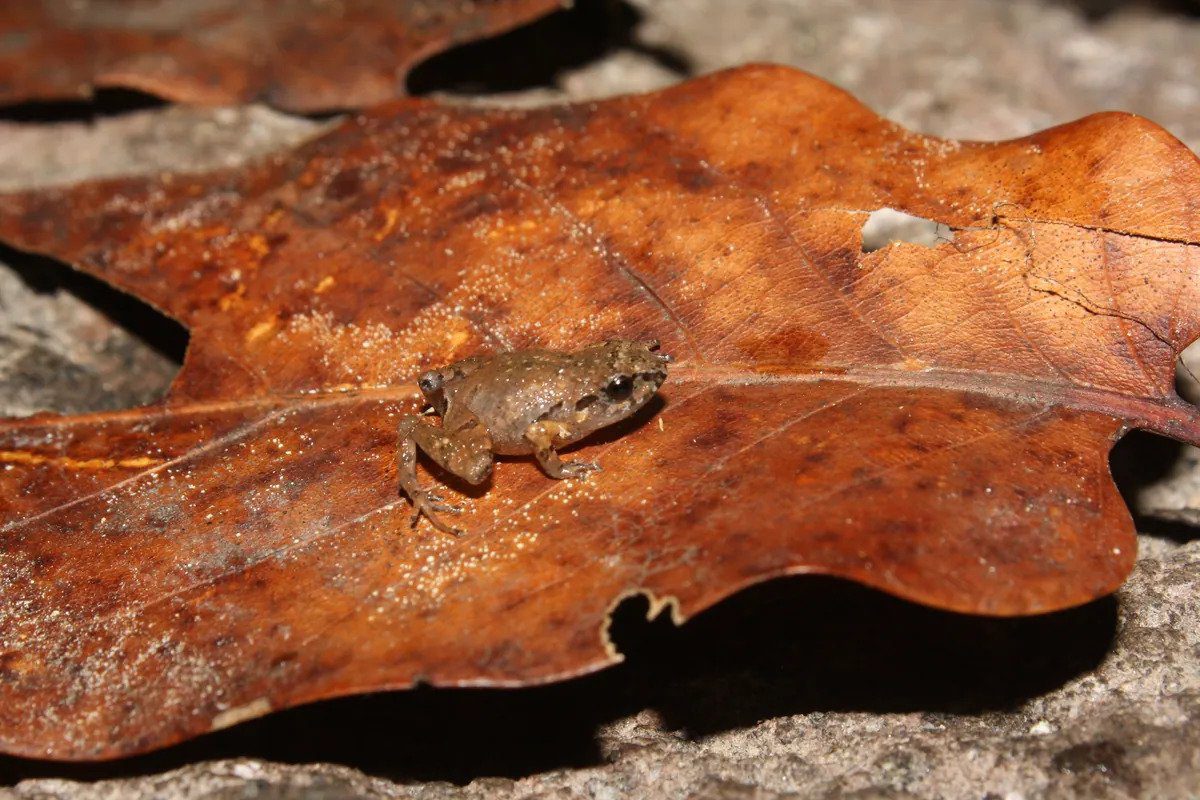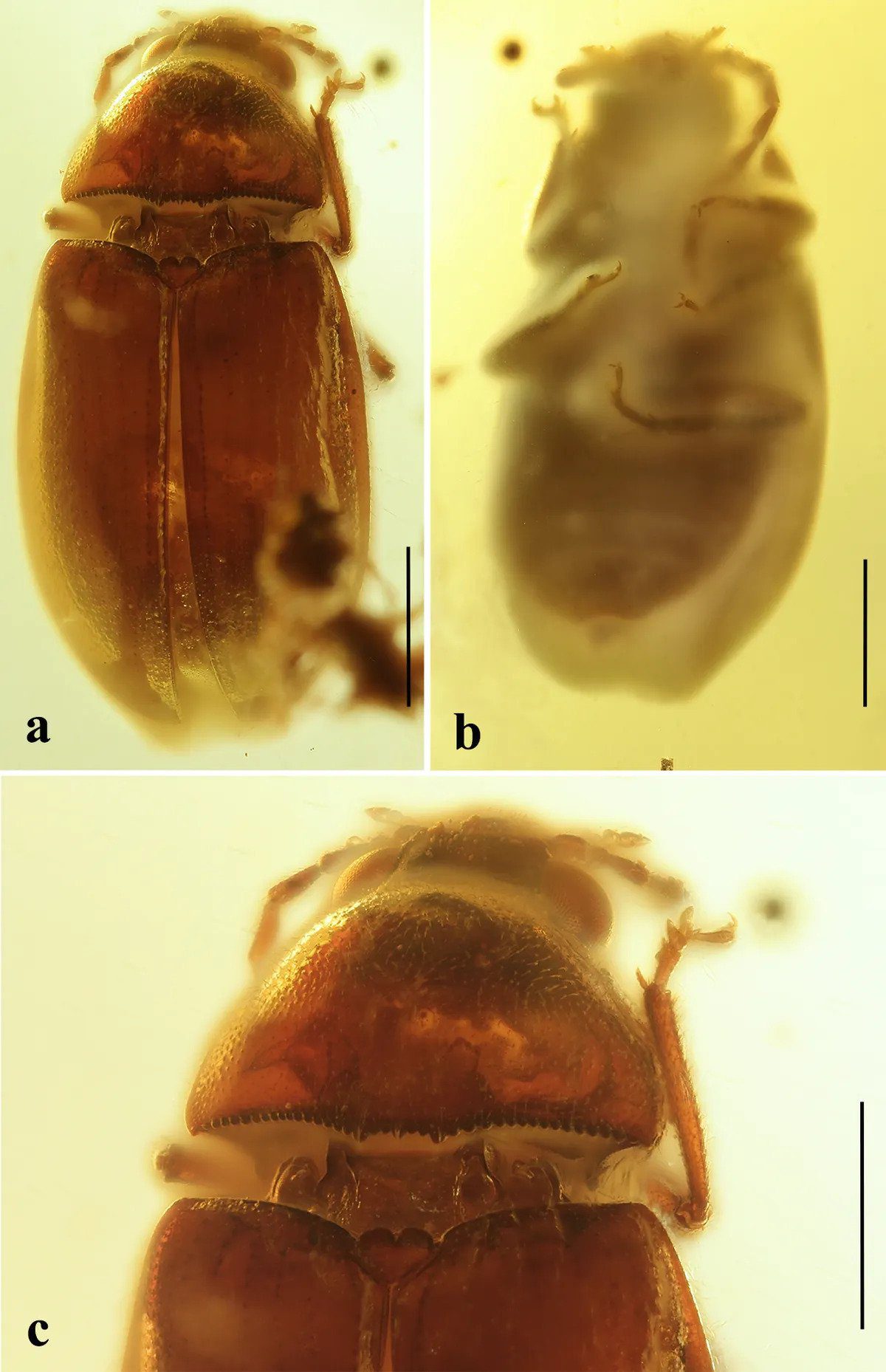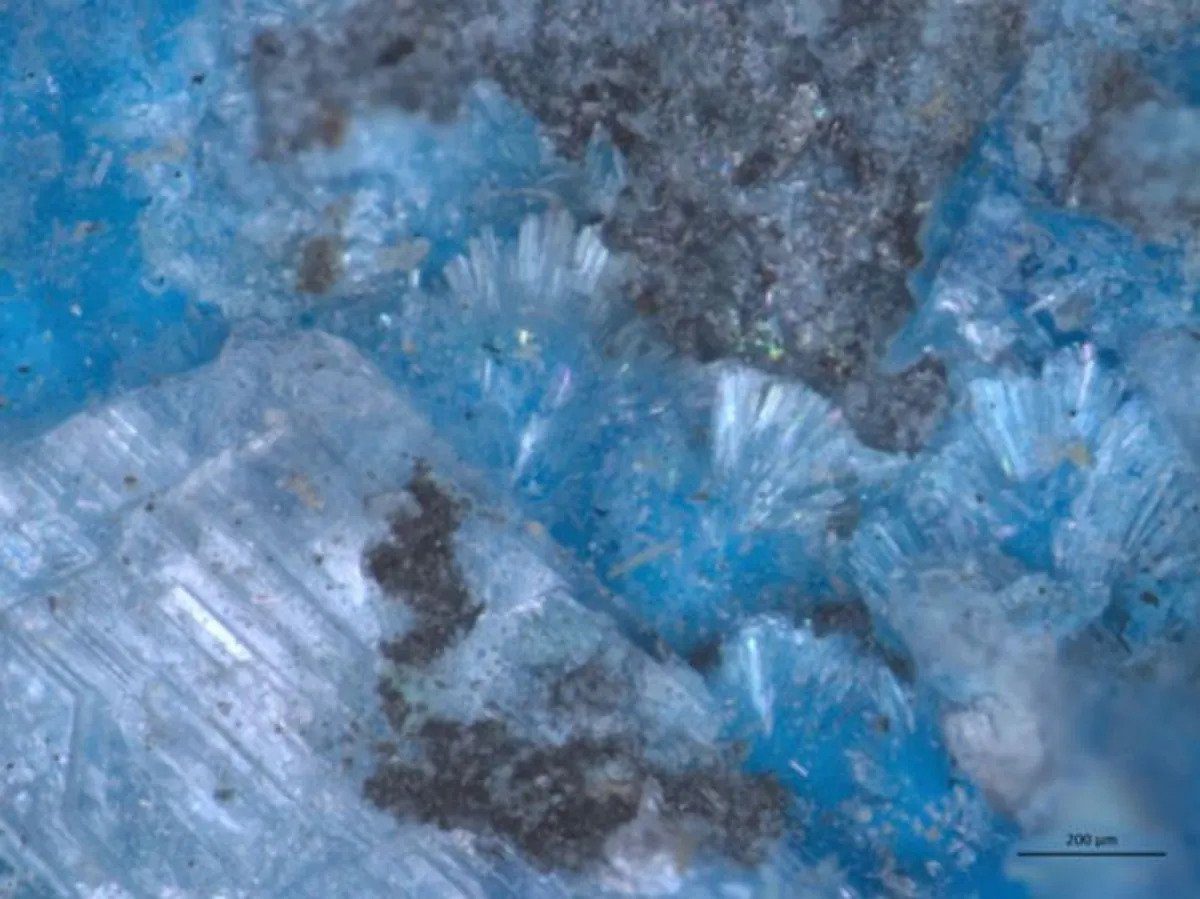From 34 species of moths to three new dinosaur species and 19 new species of stick insects, the researchers and scientists at the Natural History Museum have described 351 new species in 2022 and given them all scientific names so they can be better protected for years to come.
Among the bumper crop of new species are a new species of gecko from the Seychelles, two bumblebees from Asia, and seven species of frogs, including six teeny tiny Mexican frogs. These frogs are smaller than 8 millimeters (0.3 inches), which is less than the size of a 1p coin. No wonder we haven’t discovered them until now.

Craugastor, a miniture frog species from Mexico. Image Credit: © Jeff Streicher
Other snazzy finds include a 35 million-year-old beetle trapped in Ukrainian amber. It revealed that the climate in Ukraine must have been significantly milder when the beetle was buzzing around in the Late Eocene. This find was part of an international research collaboration involving scientists from the Czech Republic, Latvia, Russia, Ukraine, and the United Kingdom.

Ptilodactyla beetle preserved in amber. Image Credit: © Telnov et al., 2022
“We considered it important to stay together to assist one another and achieve the best possible result as a team, despite the present situation [in Ukraine],” explained Dr Dmitry Telnov, a Curator of beetles at the Museum in a statement seen by IFLScience. “With this discovery we do not sort or judge any colleagues, but send a clear message to the scientific community that staying united and supporting one another is how the war can be finished.”
The group with the most new additions in 2022 is the wasps. Eighty five new species were described and named, featuring a beautiful parasitic species with extraordinary feather-like wings. It is thought that these species might be beneficial to the agriculture industry as they serve to parasitize the eggs of thrips, which can cause crop damage, and could be important in understanding different methods of biological control.
“It’s no surprise that new wasp species came out on top, it’s just a surprise that wasps don’t come top every year,” explained Dr Gavin Broad, the Principal Curator in Charge of Insects at the Museum and an expert in Hymenoptera, the group that contains wasps. “The abundance of parasitoid wasps makes the order Hymenoptera the most species-rich order of insects, but it is way behind some other groups in terms of actual species descriptions.”
Other fascinating species include a centipede with a number of segments that’s never been seen by scientists before, seven species of new flies, and two polychaete worms discovered in the depths of the ocean. It’s not just fancy new animals making the list either, three new species of minerals were described, 11 new species of algae both extinct and extant, and even four new species of plants from across southern Asia.

New mineral Bridgesite discovered in Cumbria, United Kingdom. Image credit: © Rumsey et al., 2022
It’s not just the Natural History Museum making discoveries of new species either, check out the new pearl oyster, bird hybrid, and frogs with noisy bellies that have also appeared in 2022.
Source Link: 351 New Species Described And Named In 2022 By Natural History Museum